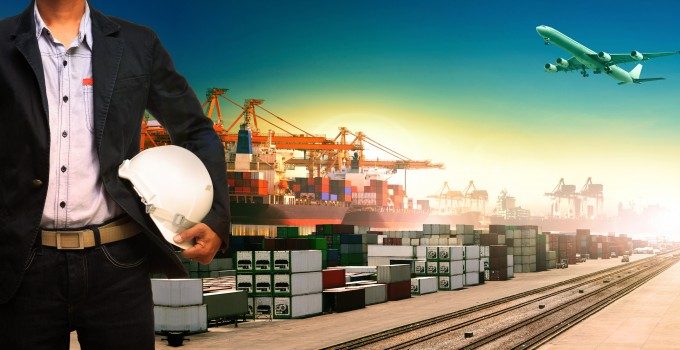European importers face backlogs as rail delays exacerbate port congestion
At major ports in Germany, port and rail infrastructure disruptions are causing significant delays – ...

The German port of Hamburg has taken another step towards trying to resolve the congestion that has afflicted it for the best part of a year, since it began servicing increasing numbers of ultra-large container vessels (ULCVs), with the launch of its Nautical Terminal Coordination ...

Comment on this article
Jerry McCormick
November 20, 2014 at 3:21 pmThe main problem at Hamburg is the lack of performance inside HHLA, especially their terminal at Burchardkai. As long as management there refuses to go back to the old PENSUM-scheme (knock-off after certain moves have been done) nothing is going to change. It does not help that nobody is really interested in getting the Elbe-river deeper dredged. The only reasonable choice for the carriers and their customers is to bring their cargo via Bremerhaven and Wilhelmshaven where productivity is much better, tariffs cheaper and hinterland connection much smarter. One day, when it is too late those bureaucrats in Hamburg & HHLA will realize what they lost. Same applies to their workforce. Go B´haven, that´s the way folks !